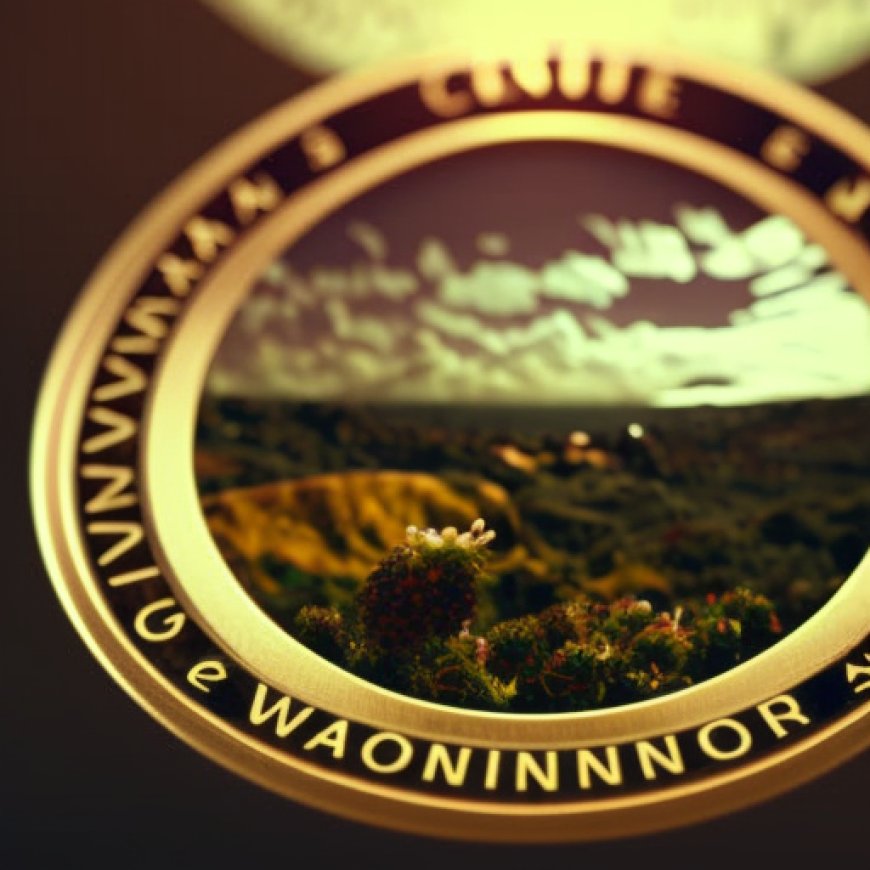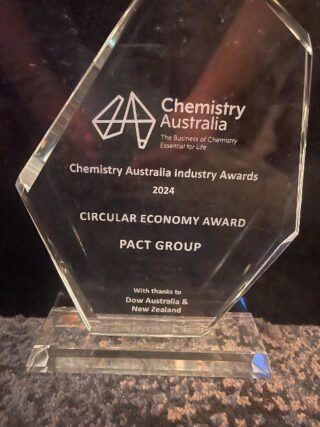Pact Group wins prestigious Circular Economy Award
Pact Group wins prestigious Circular Economy Award Markets Insider


Pact Wins Circular Economy Award for Recycling Half a Billion Milk Bottles
May 2, 2024
Pact has been honored with the Circular Economy Award at the Chemistry Australia Industry Awards for its innovative plan to recycle the equivalent of half a billion used milk bottles annually. This initiative aims to transform these bottles into new milk bottles and other sustainable packaging solutions.

The collection of used milk bottles and other dairy containers takes place through household recycling bins. These items are then processed at the Circular Plastics Australia (CPA) mixed plastics recycling plant, operated by Pact in Laverton, a suburb of Melbourne.
The CPA Facility and its Impact
The CPA facility, a joint venture with Cleanaway Waste Management, was inaugurated earlier this year. At full operational capacity, it can recycle up to 20,000 tonnes of used high-density polyethylene (HDPE) and polypropylene (PP) packaging annually. This is equivalent to approximately half a billion 2L milk bottles.
Utilizing Recycled Resin
The recycled resin produced at the CPA facility will be utilized in Pact’s packaging manufacturing facilities located in Sydney, Melbourne, Brisbane, and Perth. These facilities are currently being upgraded to increase the usage of recycled content in the production of HDPE milk bottles. This significant shift will greatly reduce the reliance on virgin plastic.
Congratulations to the team at the CPA recycling plant and all the packaging manufacturing teams across Australia for their dedication and efforts in making this circular economy initiative a success.


Release ID: 89129179
If you come across any errors, inconsistencies, or have any queries regarding the content of this press release, please contact us immediately at error@releasecontact.com. Our dedicated team will respond within 8 hours to address any identified issues or provide guidance on the takedown process. Ensuring accurate and reliable information is our top priority.
SDGs, Targets, and Indicators
-
SDG 12: Responsible Consumption and Production
- Target 12.5: By 2030, substantially reduce waste generation through prevention, reduction, recycling, and reuse.
- Indicator 12.5.1: National recycling rate, tons of material recycled.
-
SDG 14: Life Below Water
- Target 14.1: By 2025, prevent and significantly reduce marine pollution of all kinds, particularly from land-based activities, including marine debris and nutrient pollution.
- Indicator 14.1.1: Index of coastal eutrophication and floating plastic debris density.
Analysis
The article discusses Pact’s plan to recycle half a billion used milk bottles a year and turn them into new milk bottles and other packaging. This aligns with SDG 12: Responsible Consumption and Production, which aims to reduce waste generation through prevention, reduction, recycling, and reuse. Specifically, Target 12.5 focuses on waste reduction and recycling, which is directly addressed by Pact’s recycling initiative.
The article also mentions that the recycled resin will be used to make HDPE milk bottles, which helps reduce the need for virgin plastic. This supports Target 12.5 and contributes to the overall goal of responsible consumption and production.
In addition, the article indirectly relates to SDG 14: Life Below Water. Target 14.1 aims to prevent and significantly reduce marine pollution, including marine debris. By recycling used milk bottles, Pact helps prevent plastic waste from entering the ocean and contributes to reducing marine pollution.
Based on the article’s content, the following specific targets and indicators can be identified:
| SDGs | Targets | Indicators |
|---|---|---|
| SDG 12: Responsible Consumption and Production | Target 12.5: By 2030, substantially reduce waste generation through prevention, reduction, recycling, and reuse. | Indicator 12.5.1: National recycling rate, tons of material recycled. |
| SDG 14: Life Below Water | Target 14.1: By 2025, prevent and significantly reduce marine pollution of all kinds, particularly from land-based activities, including marine debris and nutrient pollution. | Indicator 14.1.1: Index of coastal eutrophication and floating plastic debris density. |
Copyright: Dive into this article, curated with care by SDG Investors Inc. Our advanced AI technology searches through vast amounts of data to spotlight how we are all moving forward with the Sustainable Development Goals. While we own the rights to this content, we invite you to share it to help spread knowledge and spark action on the SDGs.
Fuente: markets.businessinsider.com

Join us, as fellow seekers of change, on a transformative journey at https://sdgtalks.ai/welcome, where you can become a member and actively contribute to shaping a brighter future.







